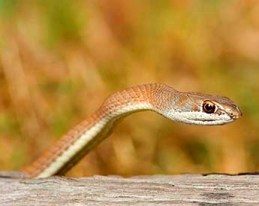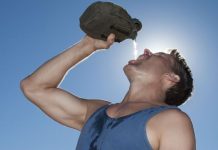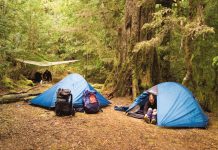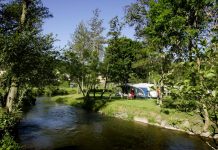 When camping in most parts of the continental United States, it is quite possible that you will see a snake.
When camping in most parts of the continental United States, it is quite possible that you will see a snake.
Most North American snakes are not venomous and don’t present a risk to people.
However, there are four species of venomous snakes found here and they include the rattlesnake, the copperhead, the water moccasin or cotton mouth, and the coral snake.
North American snakes tend to be shy and try everything possible to avoid contact with people. However, when camping outdoors, people are in the snake’s home.
Therefore, the chances of encountering a poisonous snake are higher than in other situations. If by chance you do get bitten, there are a few sensible and possibly life-saving emergency first aid treatments to administer enroute to an emergency medical facility.
First, try to keep the bitten area in a lower position than the heart as this will slow the venom from spreading as quickly as it would if the wound was elevated above the heart.
Contrary to popular belief, wrapping a tourniquet or a constricting band above the snakebite wound may cause more harm than good. The constricting devices may cause damage to the surrounding tissues.
Instead, wrap a bandage a couple of inches above the snake bite but only tight enough to place a finger under it to slow the spread of venom.
Although widely seen in movies, it is not a good idea to cut the wound to suck the venom out with your mouth.
The incision may get infected and cause injury to nerves and tendons; also, the venom may spread in your body if it is managed to get into your bloodstream via the mouth. Always use an anti-venom kit with a suction devise if available.









